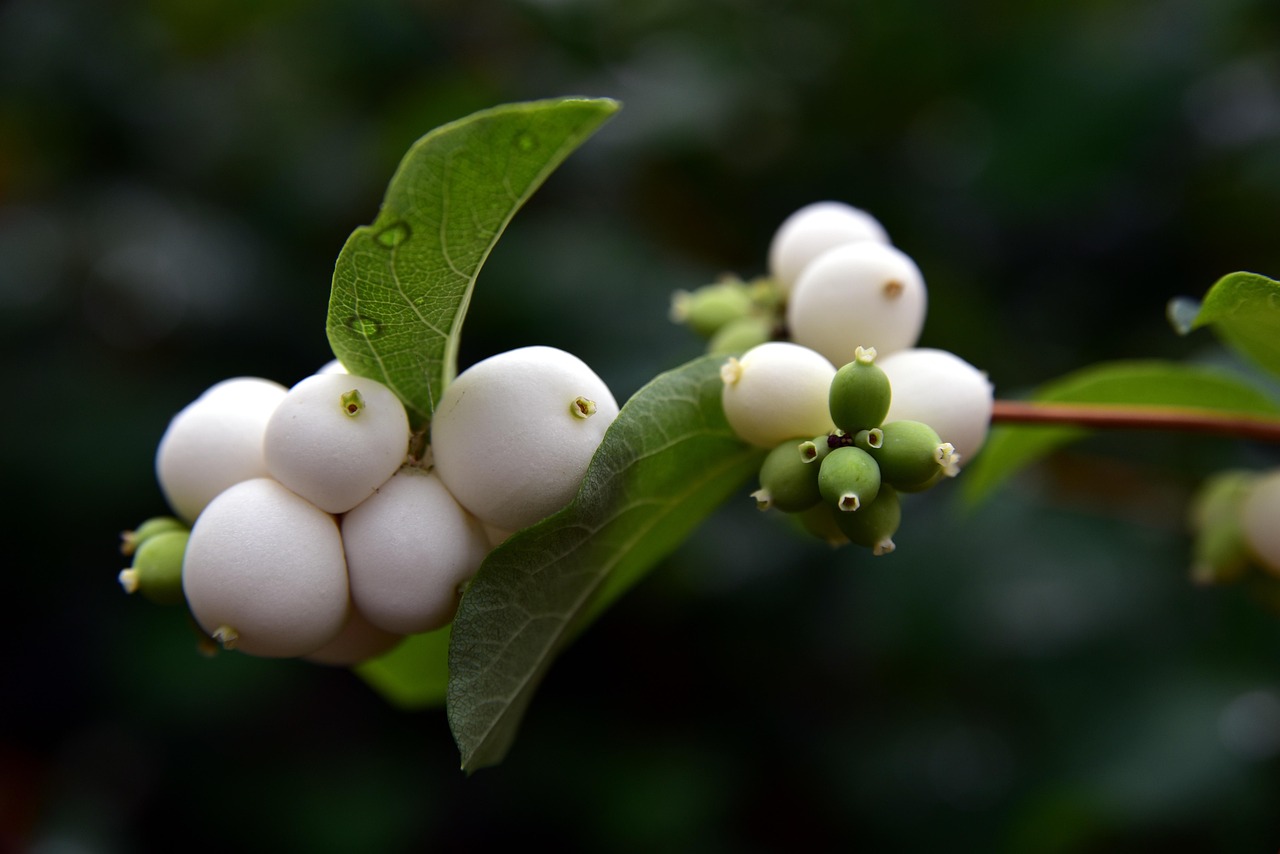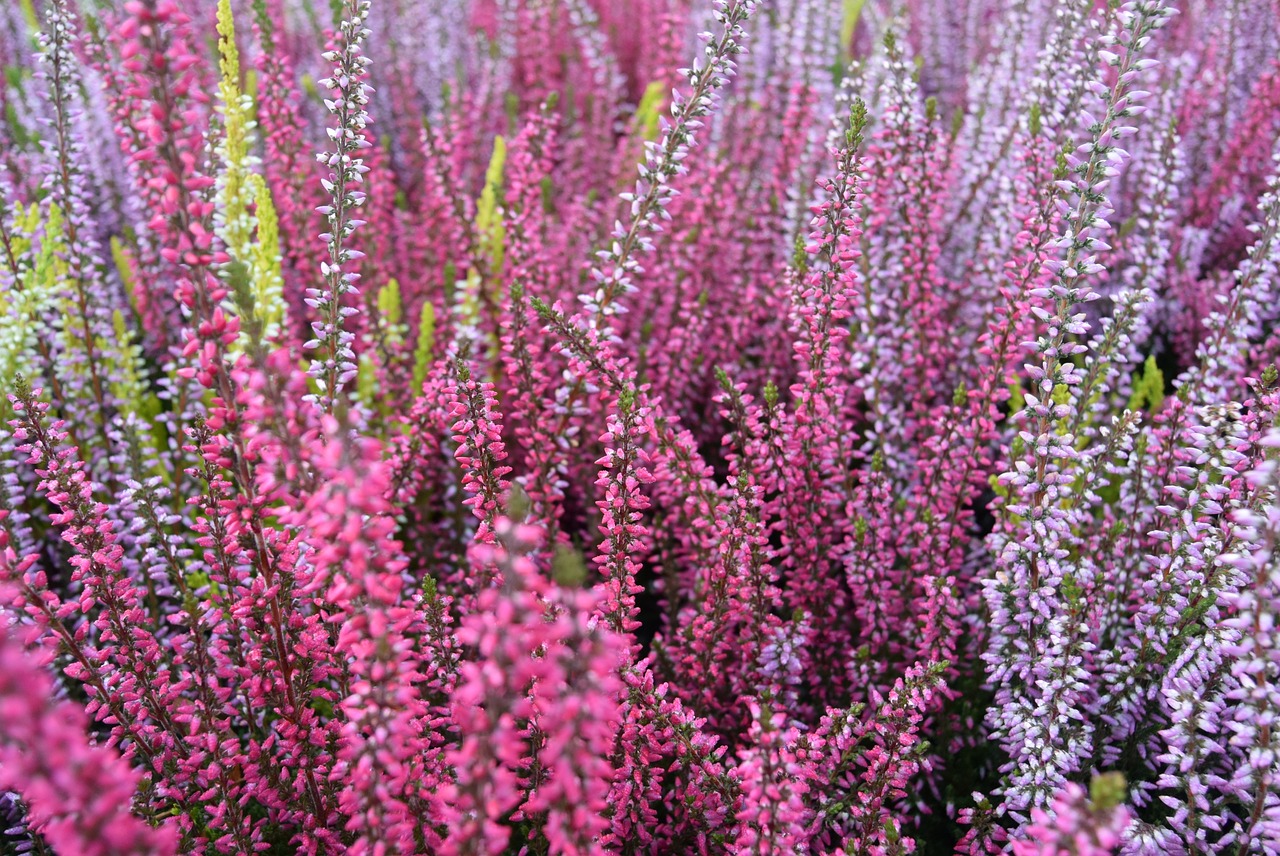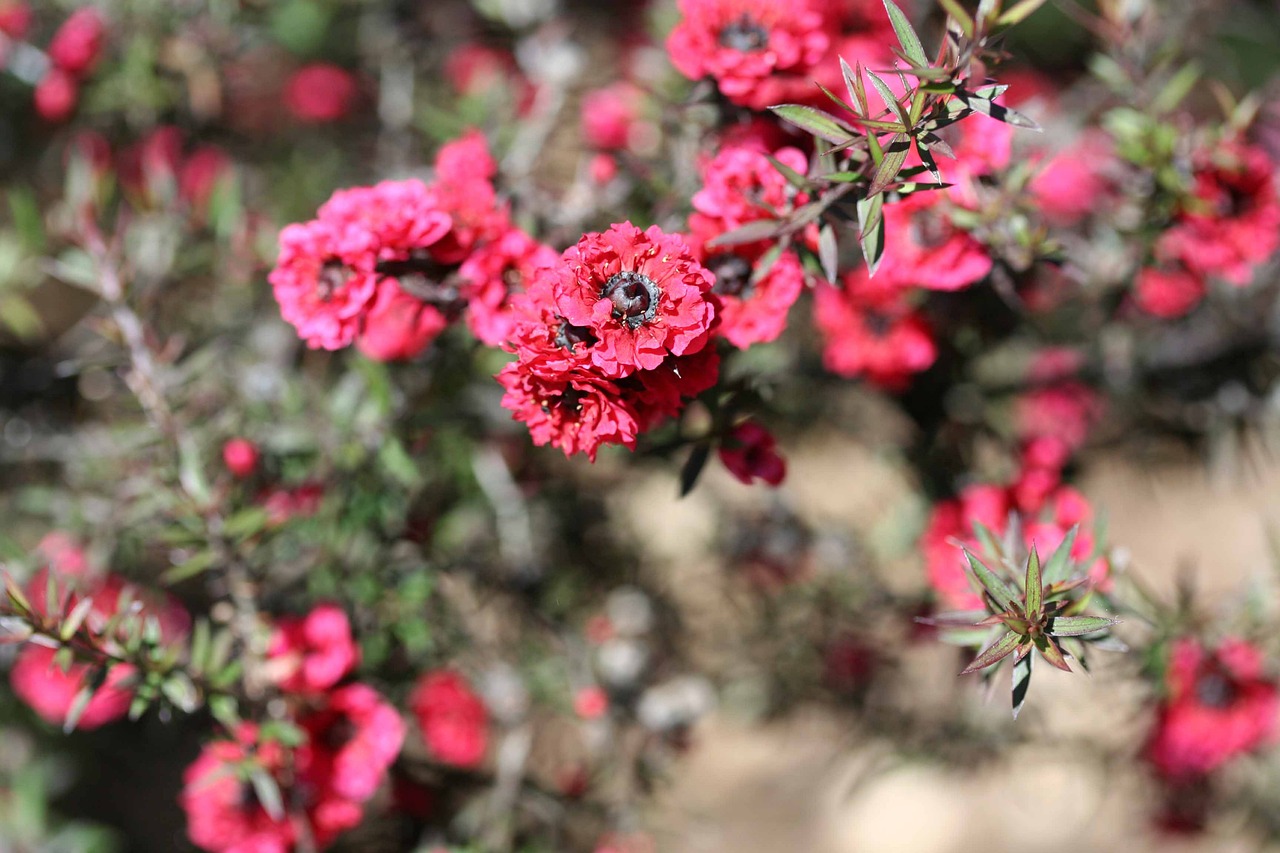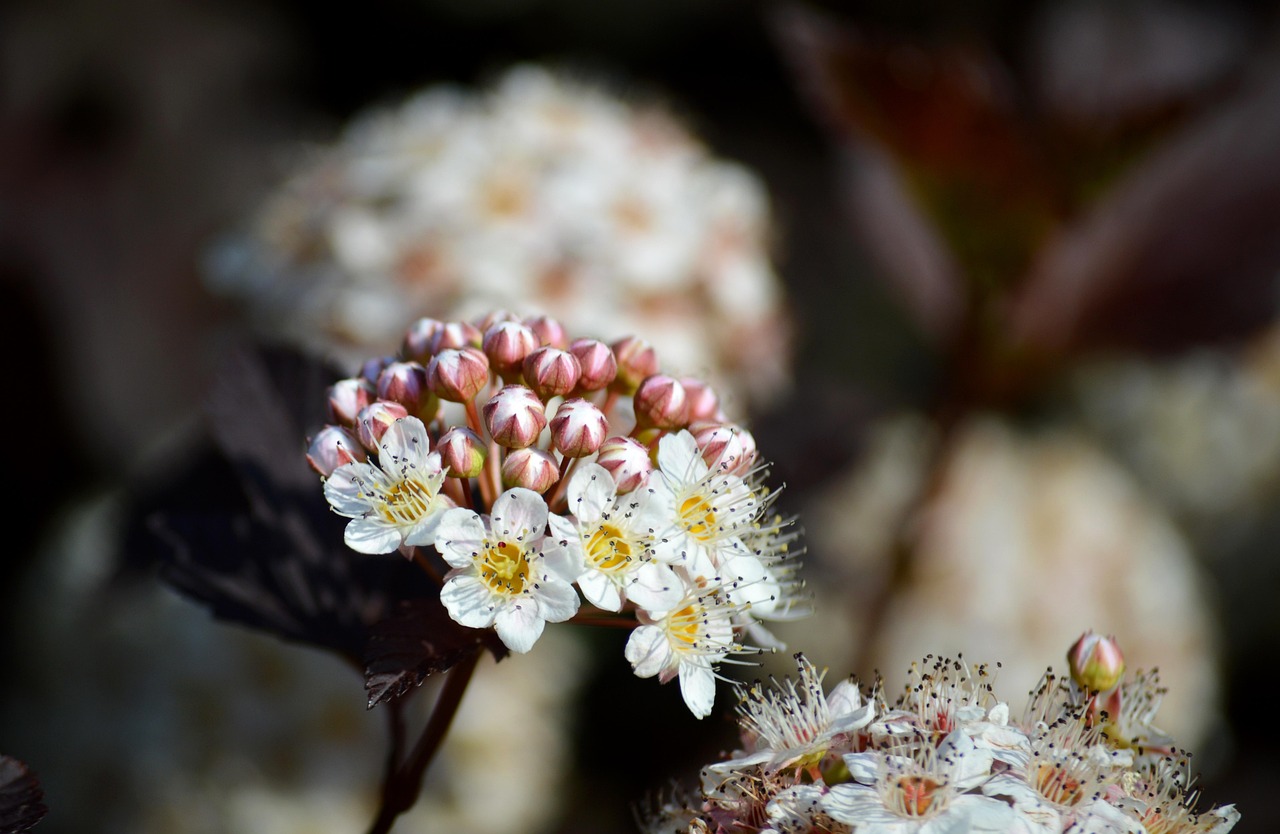Deutzia gracilis | A Modest White Flower of Early Summer that Adorns Japanese Gardens
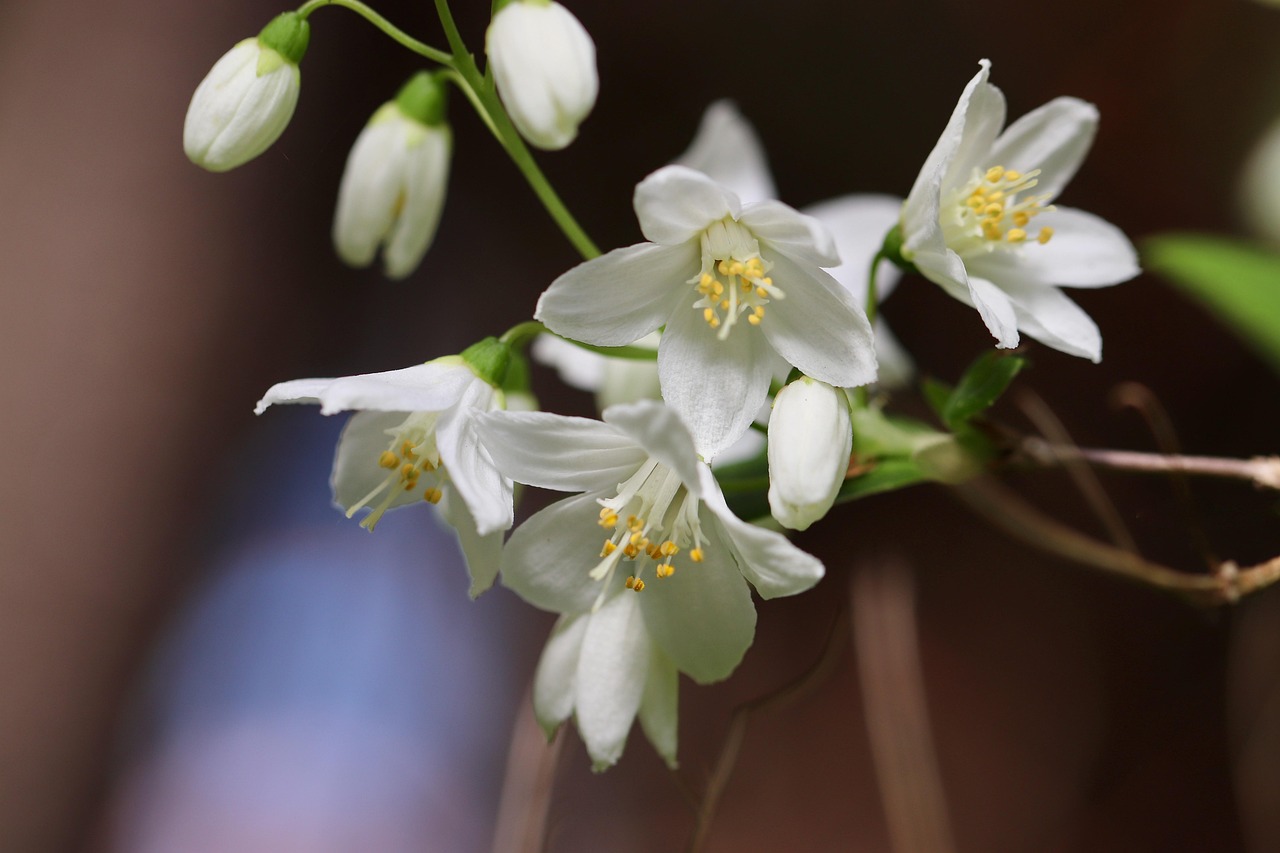
Deutzia gracilis, commonly known as Hime-utsugi, is a deciduous shrub that produces clusters of small white blossoms. Its delicate and pure floral appearance makes it well-suited for gardens and potted arrangements, bringing a refreshing touch to early summer landscapes.
In this article, I will introduce the basic information, cultural and historical background, as well as key gardening tips for Deutzia gracilis.
Basic Information
- Scientific Name: Deutzia gracilis
- Family: Hydrangeaceae
- Origin: Japan, China
- Appearance: A compact shrub reaching about 50 cm to 1 m in height. It bears numerous small white five-petaled flowers densely along its slender branches, brightening gardens in early summer. The leaves are deep green, opposite, and elliptic with serrated edges.
- Blooming Season: May to June (depending on region and climate)
Cultural Significance Around the World
In Japan, Deutzia gracilis has long been cherished in traditional gardens, particularly tea gardens and landscapes with a Japanese aesthetic. Its compact form and pristine white flowers are valued as an embodiment of the aesthetics of wabi-sabi.
In Europe, the plant was introduced in the 19th century and came to be appreciated as an ornamental shrub. Its simple, natural beauty has been recognized as evoking an Eastern charm.
In China, it is planted in classical gardens, where its white flowers symbolize purity and peace. It is also admired as a decorative garden flower.
Historical Background
In Japan, Deutzia gracilis became widely cultivated during the Edo period and was regarded as one of the symbolic plants of Japanese-style gardens.
It was introduced overseas by 19th-century plant explorers, where its refined blossoms drew much attention.
In France, it gained popularity as a garden shrub and park plant, enhancing natural-style landscaping.
The genus Deutzia is known as “Utsugi” in Japan and China, named after its hollow stems. This structure has traditionally been seen as a symbol of resilience against wind and rain.
Gardening Advice
Although Deutzia gracilis is hardy and easy to grow, keeping the following points in mind will help maintain it in good condition:
Sunlight
Thrives in full sun to partial shade. Adequate sunlight improves flowering.
Watering
Water thoroughly when the surface soil dries. In dry conditions, water regularly.
Soil
Prefers fertile, well-drained soil. Incorporating compost at planting is beneficial.
Fertilizer
Apply slow-release fertilizer in early spring to encourage growth. Additional feeding before blooming is effective.
Pruning
Prune after flowering by cutting back old branches. This shapes the shrub and promotes new growth.
Conclusion
Deutzia gracilis is an attractive deciduous shrub with charming white blossoms that brighten early summer gardens.
When planted in sunny locations and pruned properly, it retains its elegant form for many years.
Its versatility allows it to fit harmoniously into both Japanese and Western-style gardens, making it a recommended accent plant for various landscapes.


